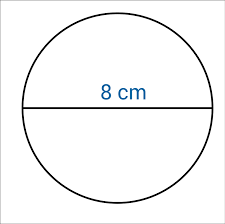5+(−3)=
2
4×(−3)=
-12
A cyclist travels at a constant speed of 4 miles per hour. How far will she travel in 3 hours?
The cyclist will travel 12 miles in 3 hours!
distance = time \cdot rate
x+5=12
x = 7
What is the perimeter AND area of the following rectangle?

Perimeter = l+l+w+w = 3+3+4+4 =14
Area = l*w = 3*4 = 12
−7+9=
2
−5÷1
-5
A swimmer moves at a speed of
\frac(3)(4)
miles per hour. How far will they swim in 2 hours?
The swimmer will swim 1.5 miles (OR 3/2 miles) in 2 hours.
4x=20
x = 5
Is this a proportional relationship? If so, what is the constant of proportionality?

Yes it is a proportional relationship. The constant of proportionality is 1/4.
−4−6=
-10
−6×−2
+12
A hiker climbs up a hill at 1.2 meters per second and then descends at −1.5 meters per second. If the descent takes 10 seconds, how far down did they travel?
1/2x=6
x = 12
Fill in the following proportional table.


8 − ( − 2 ) =
10 or +10
12÷−4
-3
A boat travels downstream at 4.5 mph and upstream at 3.2 mph. If it takes 2 hours to go downstream, how far did it travel?
The boat traveled 9 miles downstream.
x−(−4)=7
x = 3
what is the the diameter and radius of the following circle?

the diameter = 8cm
the radius = 4cm
−3+(−5)=
-8
−7×3
-21
A race car does one lap in 3 minutes at a rate of 120 miles per hour. How long is the track?
you need to convert the 3 minutes to hours, since the rate is miles per hour.
3/60 = 0.05
distance = rate \cdot time
distance = 120 \cdot 0.05
The length of the track is 6miles
Jose earned $8 per hour and made $64. How many hours did he work?
Jose worked 8 hours.
Find the area of the following circle.

Area = pi*r^2 = pi *r*r = 25pi cm^2